A Guide to the Five New Olympic Sports

Sign up for our free daily Olympics newsletter: Very Olympic Today. You'll catch up on the top stories, smaller events, things you may have missed while you were sleeping and links to the best writing from SI’s reporters on the ground in Tokyo.
Since 1980, more than 100 events have been added to the Games, usually at the request of each host city. This year is no different: Athletes will vie for medals in five sports debuting over land and sea in Tokyo.
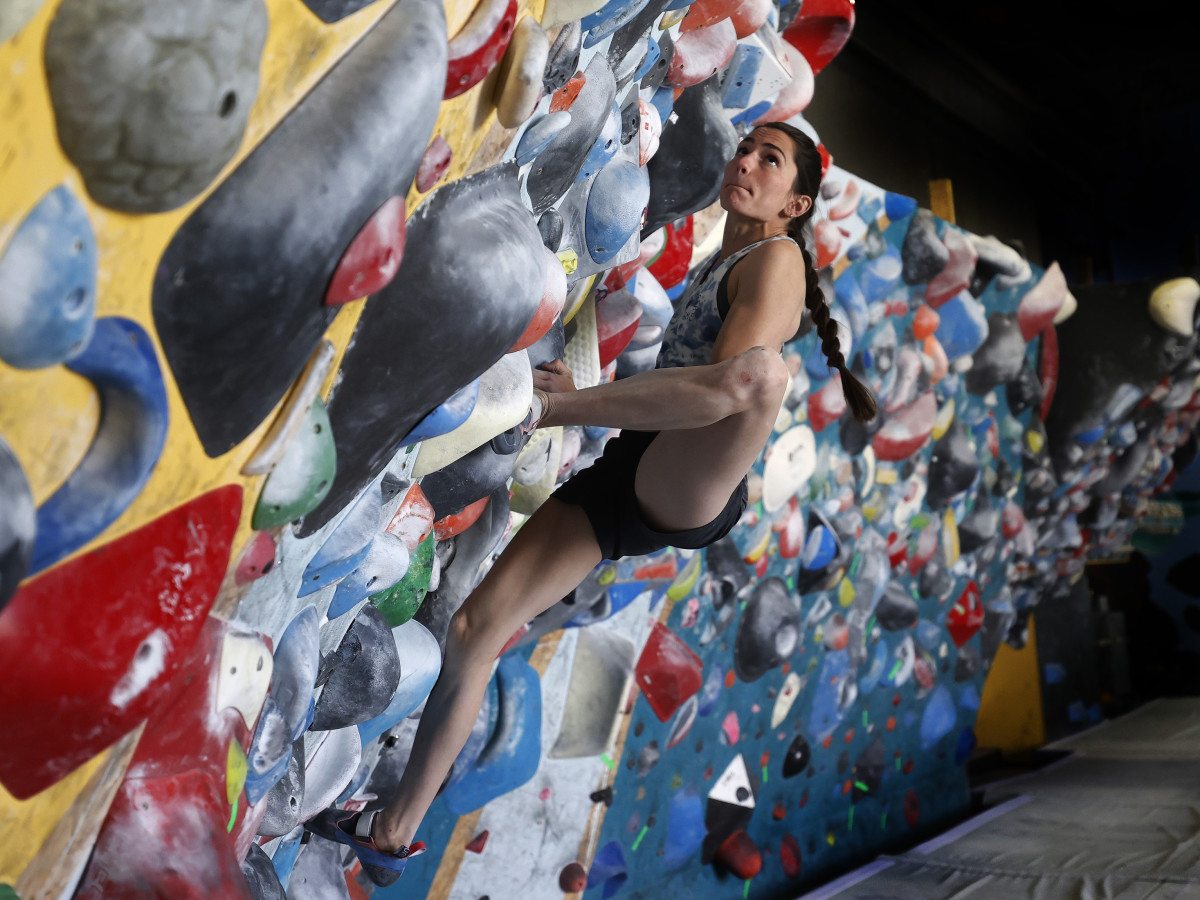
SPORT CLIMBING
In 2013, Minnesota native Kyra Condie posted a photo to her Instagram calling on the IOC to add climbing to the Summer Games. Now, the 25-year-old joins three other U.S. athletes who will compete in Tokyo for the sport’s debut: Brooke Raboutou, 20, of Boulder, Colo.; Nathaniel Coleman, 24, of Murray, Utah; and Colin Duffy, 17, of Broomfield, Colo.
Olympic sport climbing consists of three combined disciplines: speed climbing, in which competitors race one another to scale a 15-meter wall at a 95-degree angle; bouldering, in which they solve “boulder problems,” featuring unknown sequences, on shorter walls without ropes; and lead climbing, in which they wear harnesses attached to a climbing rope and have six minutes to reach the top of a wall 15 meters high, through a route they can examine only a few minutes before the start.
Outside the Olympics, the formats are generally kept separate because they require different skills. But at the Games, the overall standings will be determined by multiplying placements for each event. It’s akin to a triathlon, where distinct events are grouped into one contest. The IOC has already decided that for the 2024 Paris Games, there will be two sets of medals: one for speed climbing, the other for bouldering and lead combined.
Czech Republic’s Adam Ondra is one of the men’s favorites while Slovenia’s Janja Garnbret is among the top contenders on the women’s side. But the American sport climbing program represents one of the strongest overall collectives, with the United States being one of just three countries to qualify the maximum number of athletes possible.
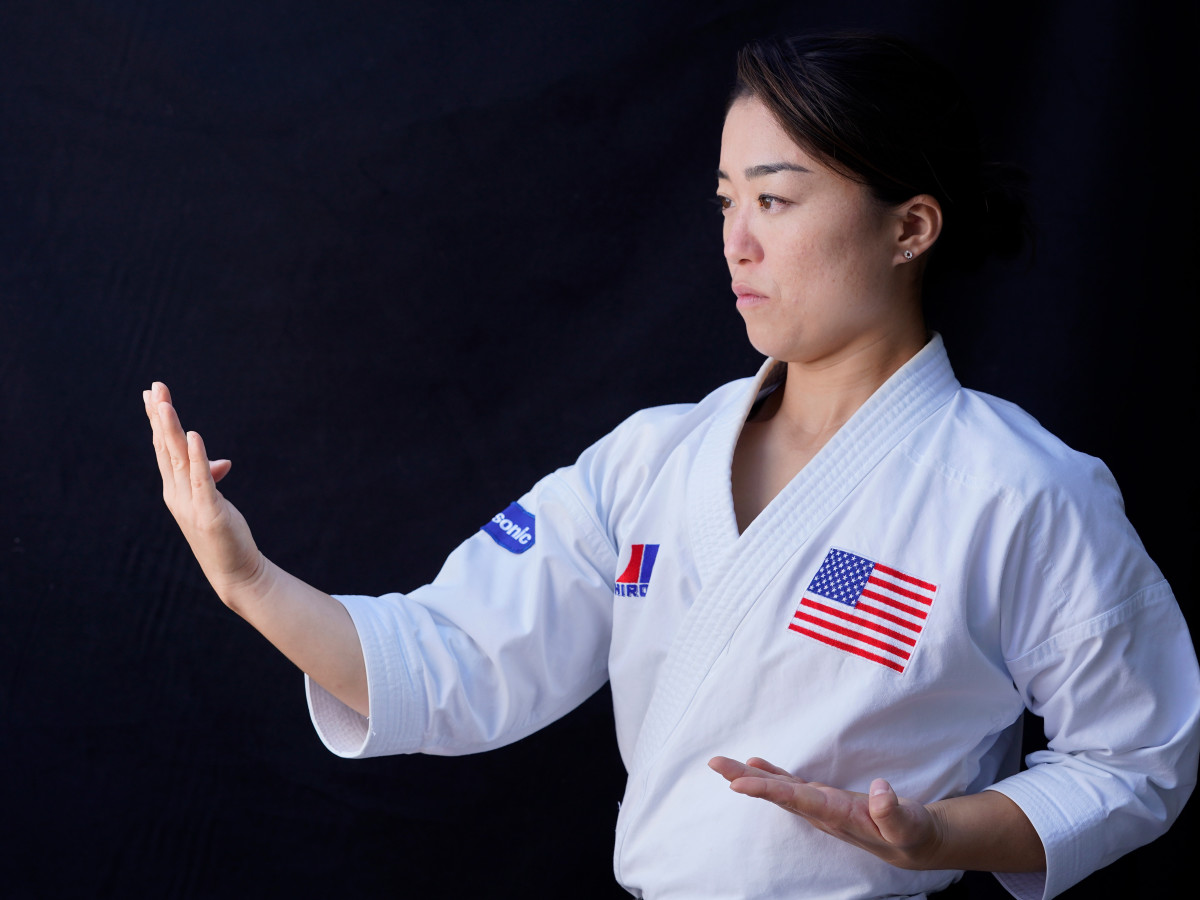
KARATE
When she began taking karate lessons at 7 years old in Hawaii, Sakura Kokumai never imagined competing at the Olympics. It wasn’t even a thought as she split much of her childhood between Honolulu and Tamano, Japan, the homeland of both her parents, learning martial arts in a nation where it’s an obsession.
“We never trained to become an Olympian,” says Kokumai, 28. “We just did it purely out of the love for the sport.”
But in 2016 upon learning that karate would be added to the Summer Games, her mindset immediately changed. Kokumai quit her corporate job in Tokyo, moved to Southern California and trained in a bid to qualify. In March ’20 she earned her spot on Team USA.
At the Nippon Budokan—an arena known as the spiritual home of Japanese martial arts, where Kokumai first competed while in high school—a total of 80 karatekas will compete in two modalities: kumite, a sparring form in which they try to outscore their opponent; and kata, a solo discipline in which they are judged on technical ability and athleticism.
Kokumai excels in the latter, which she describes as “creating a scenario where we’re fighting against somebody, but because it’s form, it’s just us performing.”
This year’s Games have increased importances for the athletes competing—karate will not be included as a sport for the 2024 Olympics in Paris.
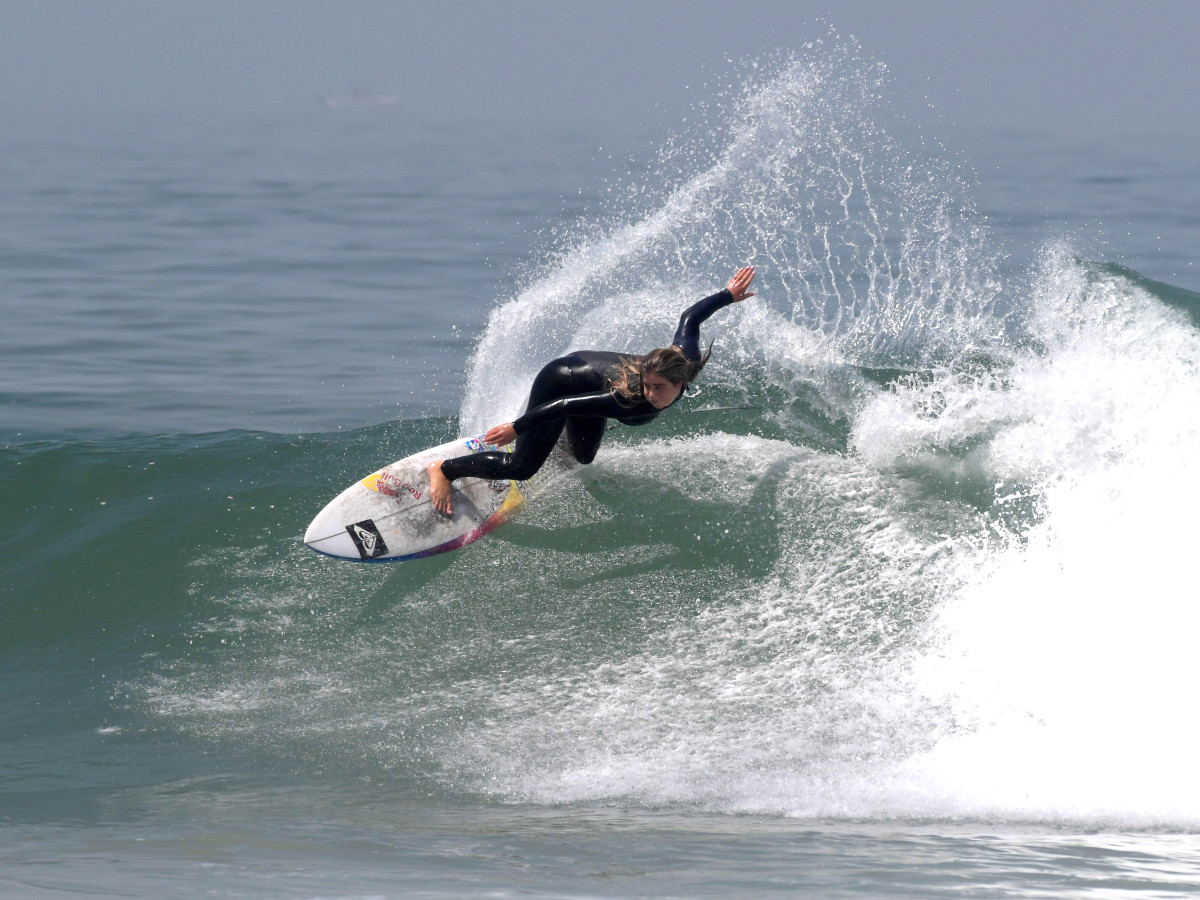
SURFING
About 60 miles east from Tokyo is Tsurigasaki Beach in Ichinomiya, a seaside town on Chiba’s Kujukuri coast where 40 athletes from 17 countries will compete in surfing’s Olympic debut. Among that group will be four Americans: Caroline Marks, 19, of Boca Raton, Fla.; Kolohe Andino, 27, of San Clemente, Calif.; and two Hawaii natives, 28-year-old John John Florence and Carissa Moore, also 28, both of whom typically surf under their state flag during international competitions but will represent Team USA in Tokyo.
The multiday event consists of a series of heats in which four surfers alternate riding waves against one another in 30-minute intervals. Their two best scores are combined to decide their heat total, with points being awarded on a scale of 1 to 10 for degree of difficulty, commitment, innovation, speed, maneuvers and more—a perfect heat score is 20 points. The top finishers advance to one-on-one elimination rounds that determine the medal winners.
Florence, a world champion in both 2016 and ’17, and Andino will look to medal in a men’s field that features Brazilians Gabriel Medina and Italo Ferreira as well as South Africa’s Jory Smith. Four-time world champ Moore is a favorite in the women’s event but will face stiff competition from Marks, Brazil’s Tatiana Weston-Webb and Australia’s Stephanie Gilmore.
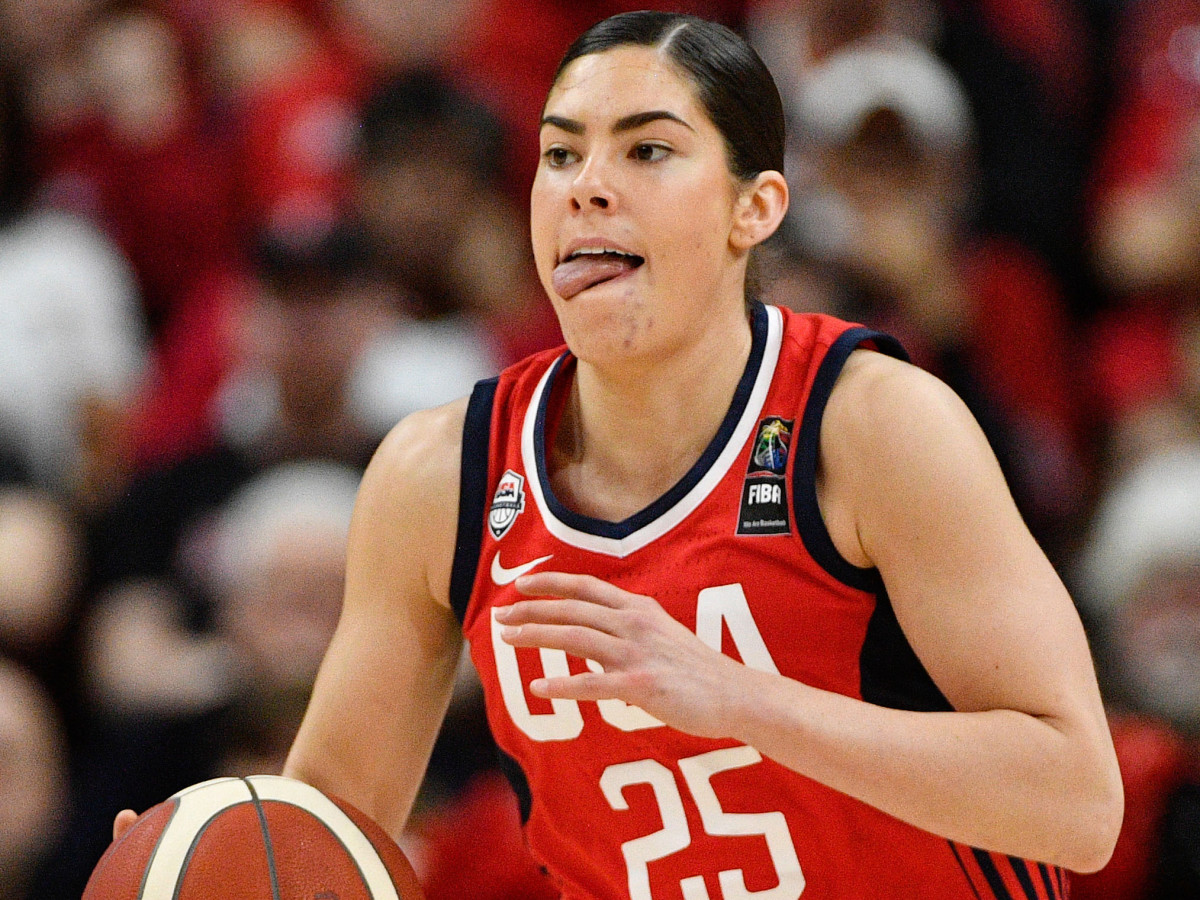
3x3 basketball
From step-back jumpers to explosive drives toward the rim, Las Vegas Aces guard Kelsey Plum has always been a dangerous scorer. But this summer, the 26-year-old will showcase her ability in a format that will be new to much of the viewing public: three-on-three basketball.
Just as in backyard pickup hoops, games will be played on a half court; they’ll end after 10 minutes or when a team reaches 21 points, whichever comes first. (Baskets scored outside the arc are worth two points; baskets inside it are worth one.) While the U.S. men’s squad fell short in qualifying, the women went 6–0 in the spring to secure a spot. The roster also features three other WNBA stars: Dallas Wings guard Allisha Gray, Chicago Sky center Stefanie Dolson and Aces guard Jackie Young, who got the call for Tokyo on Monday after Seattle Storm forward Katie Lou Samuelson tested positive for COVID-19.
With little experience as a unit, having played only six games together, the U.S. will be at a disadvantage against veteran teams such as France, China and Russia.
While the sport launched internationally in 2010, the eight-team women’s event this summer represents its biggest platform yet. “I would describe it as a 400- or 800-[meter sprint],” Plum says. “It’s just pretty much go, go, go, as hard as you can.”
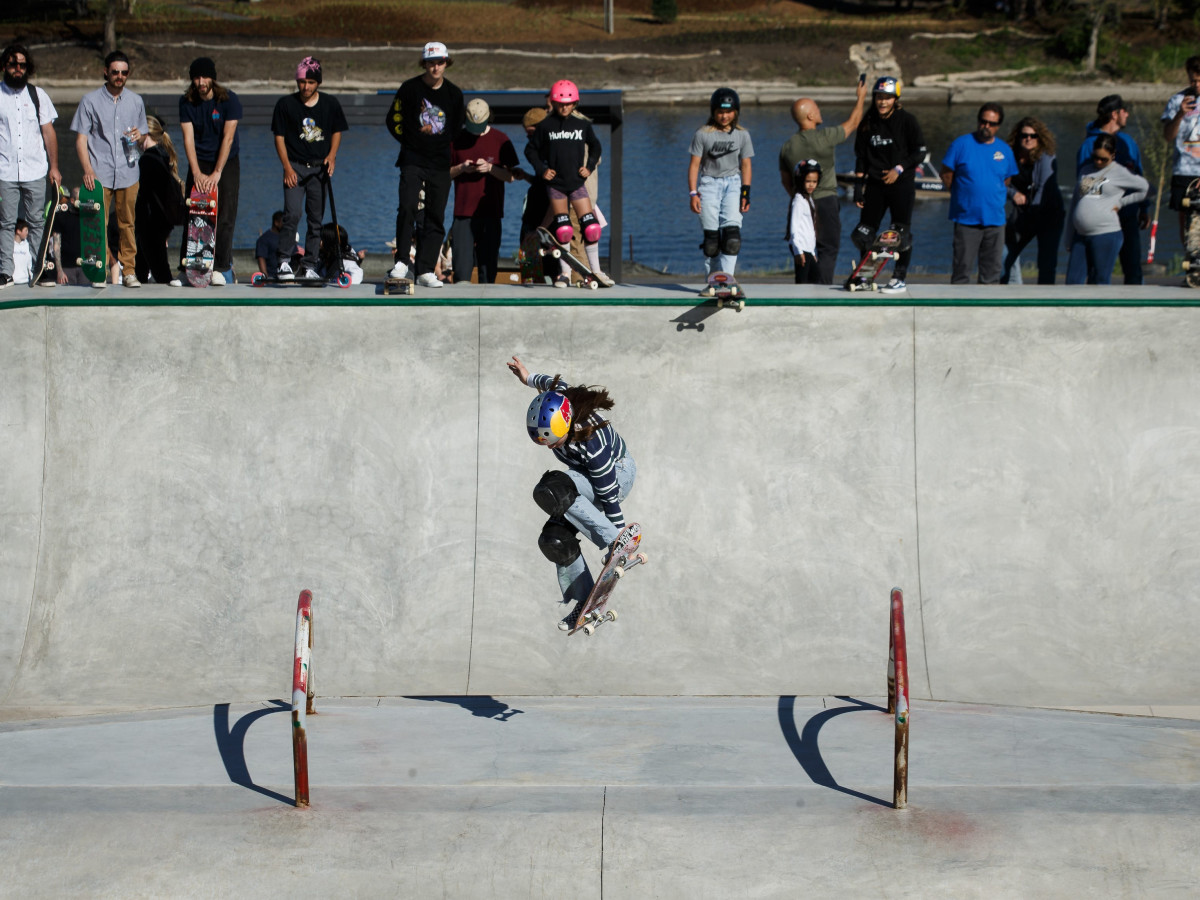
SKATEBOARDING
A child prodigy who scored his first sponsor at age 7, Nyjah Huston has long been willing to extend the boundaries of what he can do on a skateboard. The 26-year-old is known for nailing unthinkable tricks—from lengthy backside flips down handrails to heel flips over sets of stairs—but over the course of a long career like Huston’s, the constant impact (and inevitable wipe outs) can take a toll. So after the COVID-19 pandemic caused a yearlong Olympics delay, Huston was forced to take a more conservative approach to protect his body in anticipation of the Games.
“As skateboarders, we always want to be out there doing sick stuff, pushing our limits,” says Huston. “But over the past year and especially now, I’ve been extra cautious, trying to make sure I’m staying safe and being smart about picking and choosing my battles.”
A 12-time X Games champion, 26-year-old Huston headlines Team USA’s first Olympic skateboarding squad. Held at Tokyo’s newly built Ariake Urban Sports Park, athletes will compete in two distinct disciplines: street and park. On a course designed to resemble a city, street skaters are free to use the stairs, handrails, curbs, benches and more in their maneuvers. Judges score based on difficulty, speed, originality, execution and composition of the run.
Huston is a medal favorite in the street event, along with Japan’s Yuto Horigome and Brazil’s Leticia Bufoni.
In the park event, where skaters use smooth bowls with steep curved inclines to achieve maximum height on their tricks, Hawaii native Heimana Reynolds and nine-time X Games medalist Tom Schaar are the top U.S. contenders for the men, while 16-year-old American Brighton Zeuner and Great Britain’s 12-year-old sensation Sky Brown headline the women’s program.
Says Huston: “When it comes down to it, you really got to be willing to put it all on the line.”
More Olympics Coverage:
